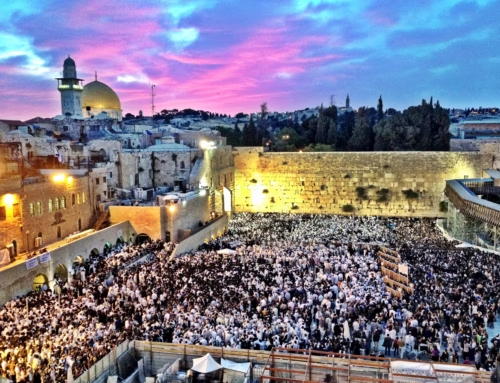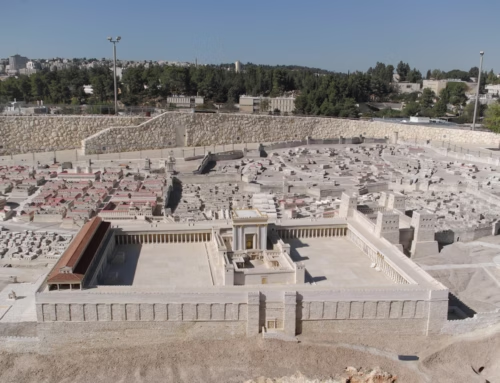Purim Katan – Little Purim
At each Jewish leap year, which occurs seven times over a 19-year period, the Jewish holiday of Purim Katan is held in the month of Adar I and is celebrated with a smaller feast and with joy.

Hamantashen, Haman´s ear, it is eaten both at Purim and Purim Katan. Photo: Rebecca Siegel
The Jewish holiday of Purim Katan (or Little Purim) in the month of Adar I in the year 5784 on the Jewish calendar begins at sunset on February 22, 2024 on the Gregorian calendar and ends the following evening.
A leap year in the Jewish calendar has 13 months and occurs seven times in a 19-year period. In leap years, an extra month named Adar I is added to the regular Adar, which is then given the name Adar II and Purim is celebrated on the 14th of Adar II. On the same date in the month of Adar I, Purim Katan is celebrated, and hence is the only Jewish holiday that does not occur yearly.
Purim Katan has none of the liturgical features of Purim. The Talmud’s expositions on Purim aren’t read nor the prayer of thanksgiving recited.
Celebrated with joy
While Purim is held in order to remember the persecution of Jews in ancient Persia during the reign of King Ahasuerus, where the evil Haman planned a genocide —which Queen Esther and Mordecai managed to foil—Purim Katan is celebrated with a smaller feast and with joy. In this way some of the joy of Purim is brought into Purim Katan and sorrow is not allowed in.
Purim not only commemorates Israel’s deliverance through Mordecai and Esther, but it has also become a symbol of similar events throughout the Jewish Diaspora. An example of a “Second Purim” is celebrated to call to mind events in Frankfurt am Main at the beginning of the 17th century when a baker incited a pogrom against the Jewish community which was miraculously saved from complete annihilation.
Second Purim
Beside Purim Katan a Second Purim marks the anniversaries of days when Jewish communities, or individuals, were saved from a disaster or an anti-Semitic ruler. The Second Purim in memory of Jewish persecutions in Ancona, Italy, falls on the second day of Sukkot while the Second Purim commemorating the persecutions in Carpentras, France, marks that community’s deliverance from blood libel on the eighth day of Pesach.
Descendants of Jews in Tripoli, Cairo, Hebron, Narbonne, Saragossa, Tangier, Tétouan, Fez and Tiberias and other places, hold Second Purims on specific dates in the Hebrew calendar. The Second Purim is celebrated with rituals similar to Purim itself: the reading of the Talmud which recounts the events leading up to the deliverance, and the reading in the synagogue of the traditional story of Esther.


